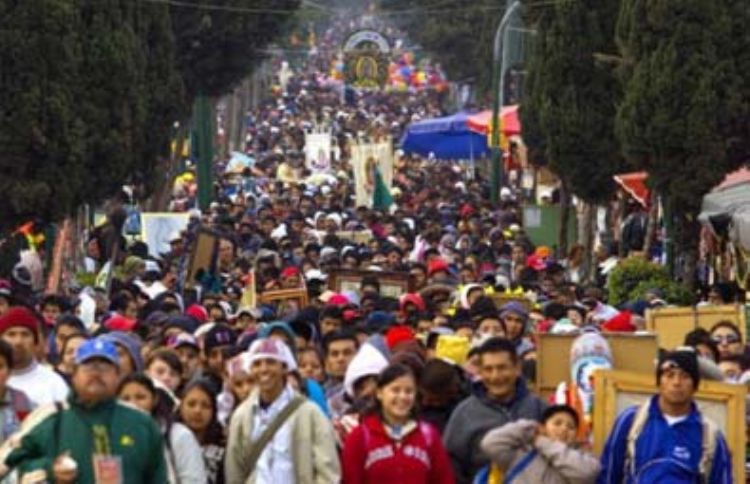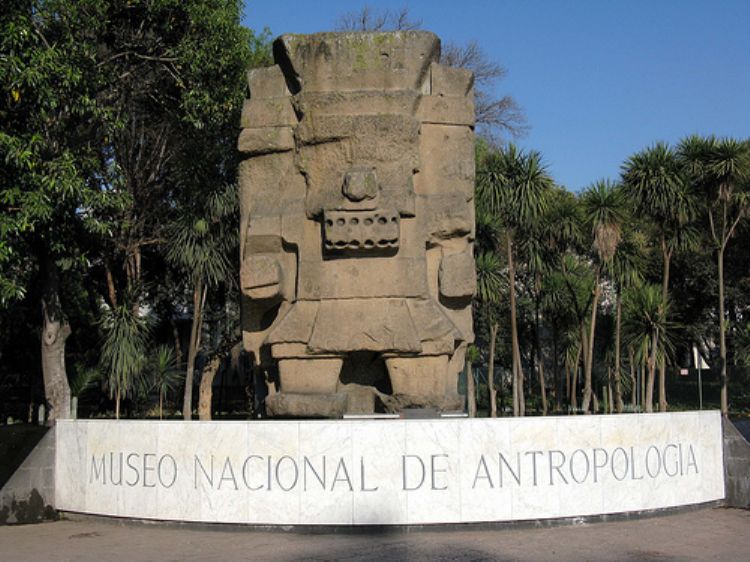
Ever since the Middle Ages, pilgrimages were the way to r...

Because of the contrasting geography that is characteristic in the Zacatecas territory, it established two very different pre-Hispanic societies: Nomad tribes used to live in the desert zone of the plateau in this region of Mexico and they used to gather plants and practiced hunting, and in the high lands, with better irrigation, sedentary tribes practiced agriculture. It was between 600 Ãâ 400 b. C., when the agricultural customs of the tribes from Guanajuato bloomed it was the foundation of all the sedentary tribes that later became Zacatecas
The Chichimecan Indians in this zone were violent Zacatecos, Tecuexes, Guachichiles and Cazcanes. Some of these groups had farming groups, fact that didnÃât change their nomad status, which gives us reference of a strong cultural and commercial exchange between nomads and sedentary tribes, because they used to be suppliers of animal skins, metals, pottery objects and ÃâpeyoteÃâ. However, it wasnÃât always a peaceful exchange, especially in bad crop seasons.
In 1531, the Spanish conquerors first arrived to Nochistlán, cazcanes y texcues and first made contact with the foreigners. After that, in 1546, in the zone known today as ÃâCivilizer of the NorthÃâ, the city of Zacatecas was build by the Spaniard Juan de Tolosa. Zacatecas, which means Ãâplace of abundant grassÃâ (Grass in Spanish is ÃâzacateÃâ).
Despite of the great resistance given by the war tribes of this region, the developing of all the mining system resulted in the transformation of the old desert landscape, into a one of the main economic and social centers of all the Spanish Conquer, only behind Mexico City, base operations of the New Spain.
One of the greatest Indian rebellions that the Spanish had to deal with was against the Cazcanes Indians, in the XVI Century. The rebels, lead by their Tenamaxtle, fought for independence that would give them the opportunity to go back to their old way of life, and also, they believed that victory would give them immortality. After bloody fights, with many Spanish casualties, the Viceroy himself had to come and take the battle into his own hands overcoming in the famous battle of Mixtón.
The benefits obtained from the complex process of silver extraction in the Zacatecas mines provided the development of the entire entity. The construction of numerous communication and transportation vias was necessary to take the precious metal to the center of New Spain, in addition the rest of the villas were to sub minister the necessary food to Zacatecas. The consequent development of the middle points of the roads towards Zacatecas contributed to the flourishing of the Mexican Bay.
At the beginning of the XIX century, the conditions for the Mexican independence were given in Zacatecas. The province proposed to the Government board the adoption of the division of power between the Executive and Legislative, and representation through courts.
Once the battle had begun, in 1810 the strength of the realists was able to take control of the province, for which its chiefs had to move to another territory to continue with the movement.
In 1823, the province of Zacatecas declared the state of Mexico a free and sovereign state. The state constitution was signed two years later in 1825.
At this same time, the Zacatecas governor Francisco Garcia Salinas, whose alias was Tata Pachito, was one of the most important state directors in the life of the state. Thanks to his innovative methods of investing, the production of the mines was the highest in the whole XIX century, making Zacatecas into a powerful state not only economically but also politically.
The strong opinion of the experienced political leaders of Zacatecas provoked the invasion of General Antonio Lopez de Santa Anna in 1832. Later during the French invasion, the liberal zacateca people defended their home until 1864 when the imperialist troops defeated them.
During this time, the installing of railroads along the state unmerited the strategic place of Zacatecas and its mines. At the end of the century this resulted in the ruralization of the Zacatecas population, for the mine activity being in crisis as it was, caused the workers to move south in search of labor. In these times typhoid and smallpox became strong in the stateÃâs population.
At the beginning of the Mexican Revolution, numerous people supported the succession. Jose Luis Moya, fought fervently toward this objective. Once it was reached, the Zacateca people began to notice it was not about changes in the economic and social conditions, which initiated the second phase of the revolutionary battle, which meant change in the earthÃâs property, the establishing of labor, minimum wage, etcÃ⦠In this second phase, Panfilo Natera, Martin Triana and Gertrudis Sanchez stand out.


The cultural offer in the city of Mexico is vast, and alt...
